What Are Wading Birds?
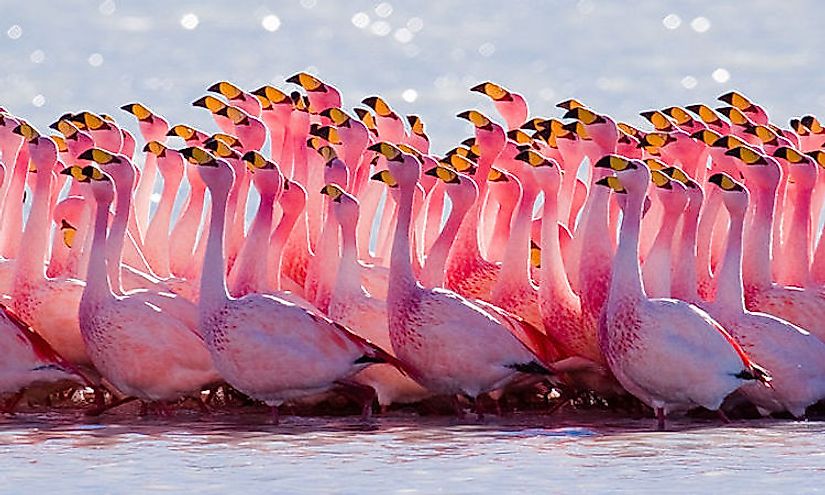
11. What Are Wading Birds? -
Wading birds are basically long-billed, long-necked, and long-legged birds that forage for live food by wading in shallow waters. Herons, flamingos, egrets, spoonbills, storks, ibises, etc., are the common wading birds distributed in different eco-regions across the world.
10. Where Are They Found? -
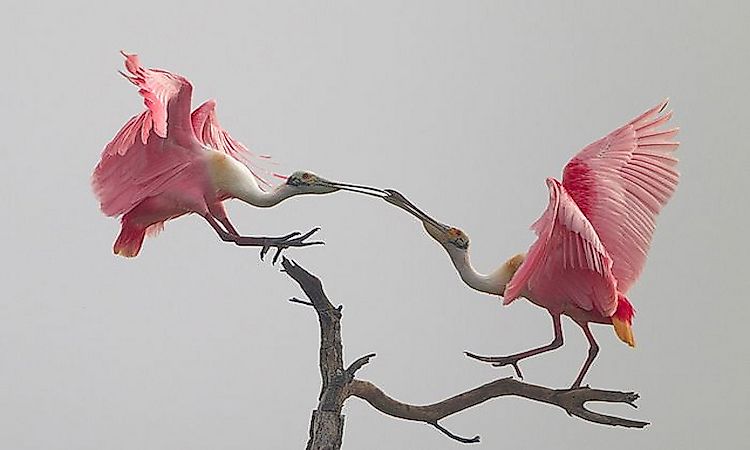
Wading birds are found in all continents of the world with the exception of the frozen continent of Antarctica. These birds occur in both saltwater and freshwater habitats and can be sighted near shorelines, mudflats, bogs, marshes, ponds, etc. These birds are also found in urban and suburban areas like seasonal swamps, retention ponds, and golf course ponds.
9. General Physiology Of Wading Birds -
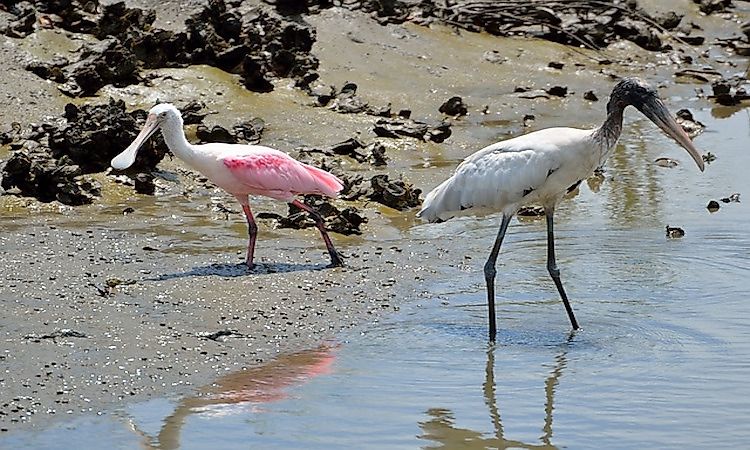
Several physical characteristics distinguish wading birds from other types of birds. These birds usually possess long, thin legs with agile toes. The long and strong legs help them forage into deeper waters and keeps them stable in areas with water currents and slippery ground. Depending on the diet, the birds have long, slender bills, spatulate shaped bills or bills with distinct curves. Necks of these birds are also highly flexible, long, and agile allowing them to hunt effectively and change posture frequently.
8. Behaviour Of Wading Birds -
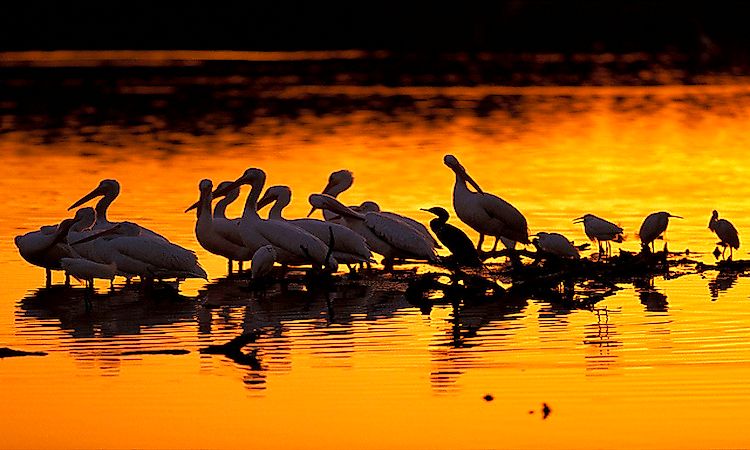
Wading birds usually forage in groups and exhibit high levels of patience while standing for long durations waiting for prey. They often move precariously so as not to scare the prey away. Wading birds often are gregarious in nature, nesting, feeding, and migrating in large flocks. They form breeding rookeries and communal roosts and might also be a part of mixed flocks consisting of waders of different species of one large group foraging at the same site or nesting on the same tree. The waders are generally less noisy than other types of birds as this is essential to their stealthy hunting practices. However, the presence of large flocks at a single site might be quite noisy at times. The waders usually fly in large flocks where they have their legs fully extended, often extending past the tail. The necks of these birds might be extended or contracted, and neck positions might play an important role in the identification of these beautiful birds.
7. Cranes -
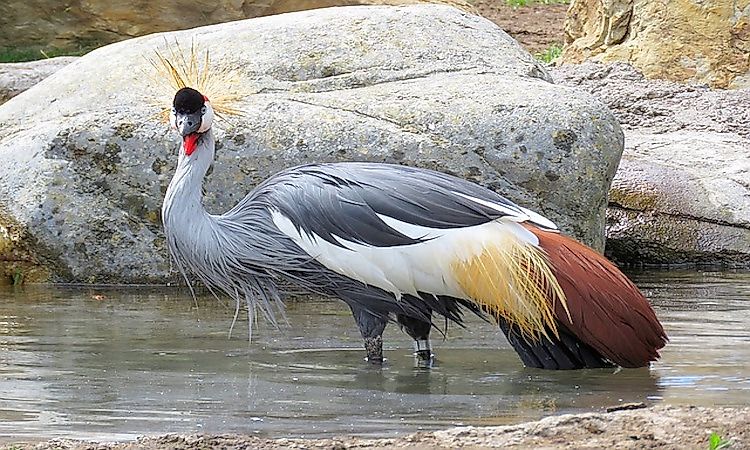
Cranes are long-necked and long-legged wading birds belonging to the Gruiformes group. Though similar in appearance to the herons, unlike herons that fly with pulled back necks, cranes fly with outstretched necks. Cranes are opportunistic feeders and eat a wide range of items like grains, berries, fish, rodents, amphibians, and more.
6. Egrets -
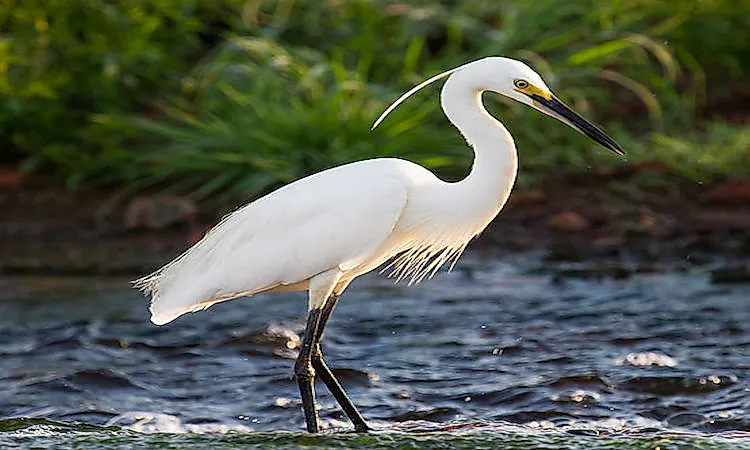
Egrets, closely related to the herons belong to the same family of Ardeidae. Egrets and herons are biologically quite similar and differ only in appearance. Egrets are usually white, or buff colored and may or may not develop decorative plumes. Egrets were hunted relentlessly throughout the 19th and early 20th century for their plumes for hat-making in Europe and North America, endangering the lives of some of the egret species.
5. Rails -
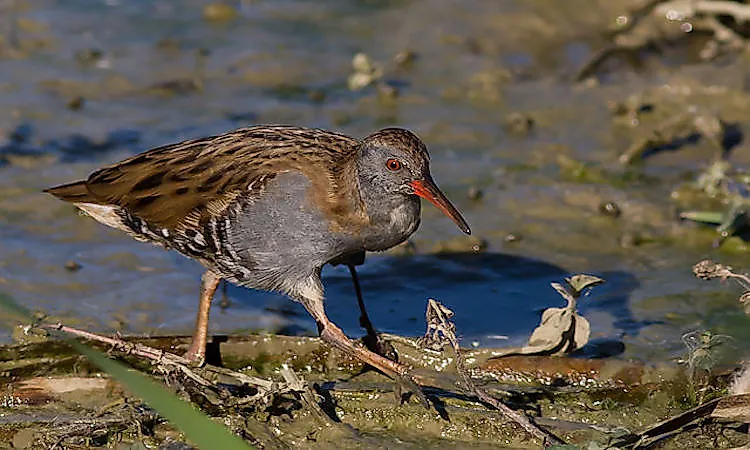
Rails are birds of the family Ralidae, and are small wading birds with long toes and short wings. The birds are widely distributed, and the family is highly diversified. Most species of rails are associated with wetland habitats.
4. Flamingos -
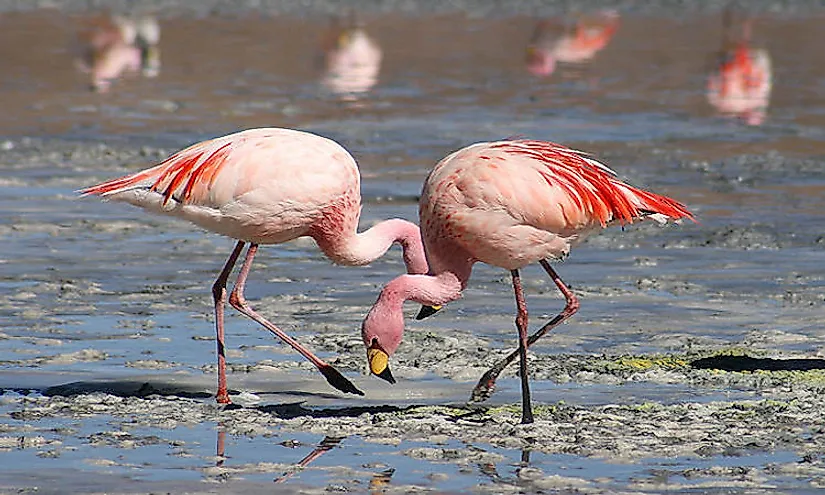
Flamingos are wading birds with two species found in the Old World and four in the Americas. Standing on one leg while tucking the other beneath the body is a unique trait exhibited by the flamingos. The flamingos filter-feed on blue-green algae and brine shrimp and have beaks well-adapted to separate mud and silt from food.
3. Herons -
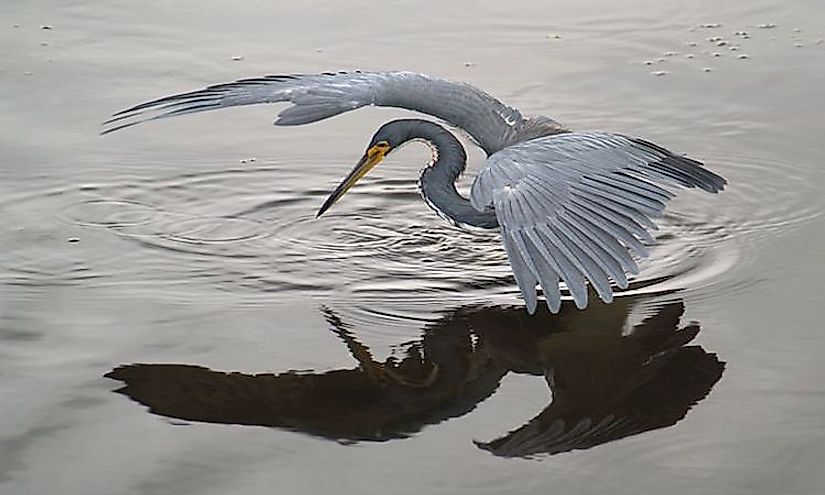
The herons are long-legged and long-necked coastal or freshwater birds belonging to the family Ardeidae. The necks of these birds can kink in an S-shape since they have a modified sixth vertebrae. There are about 64 species of this bird, and the long and strong legs are unfeathered from the lower part of the tibia in almost all of the species of herons.
2. Ibises -
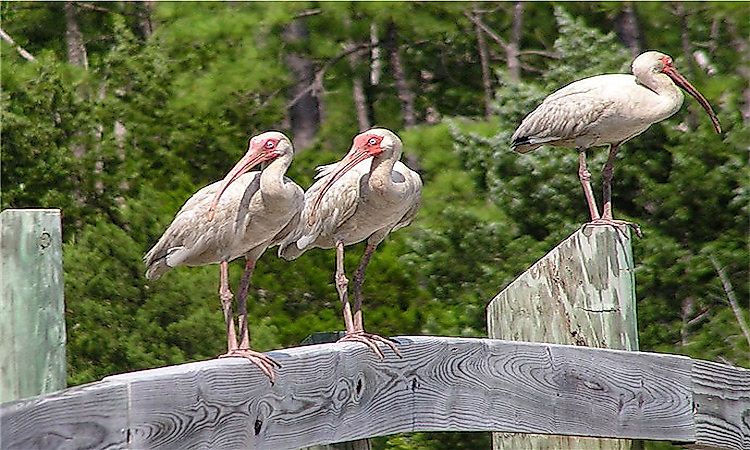
Ibises are long-legged wading birds that are characterized by long, down-curved bills. The birds feed in groups and forage through the mud for crustaceans. They nest atop trees, often sharing the tree with other birds like herons and spoonbills.
1. Spoonbills -
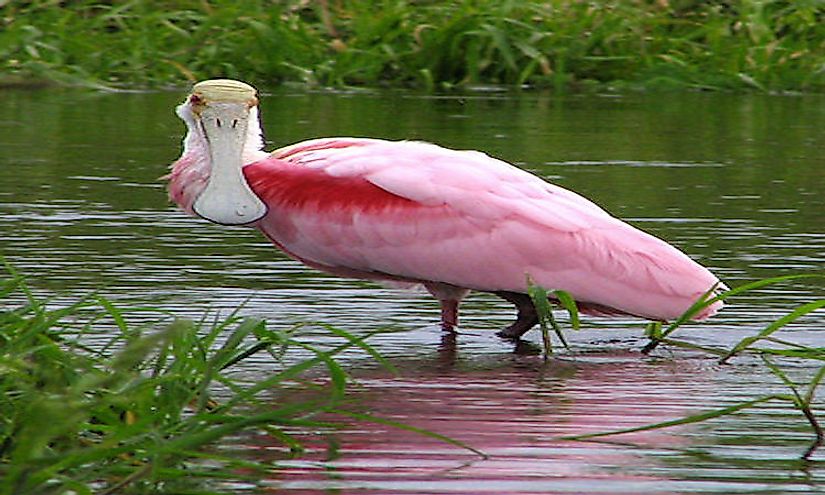
Spoonbills, part of the family Threskiornithidae, are large, long-legged wading birds. These birds with big, flat, and spatulate bills wade through shallow water, feeding on small aquatic creatures like tiny fish, crustaceans, and insects. The spoonbill snaps shut its prey inside its bill as soon as its bill comes in contact with such aquatic creatures.











